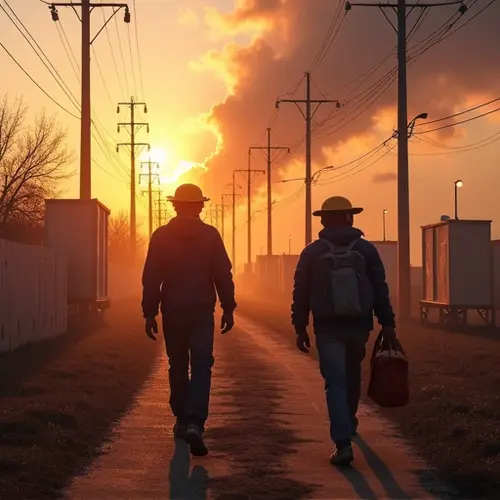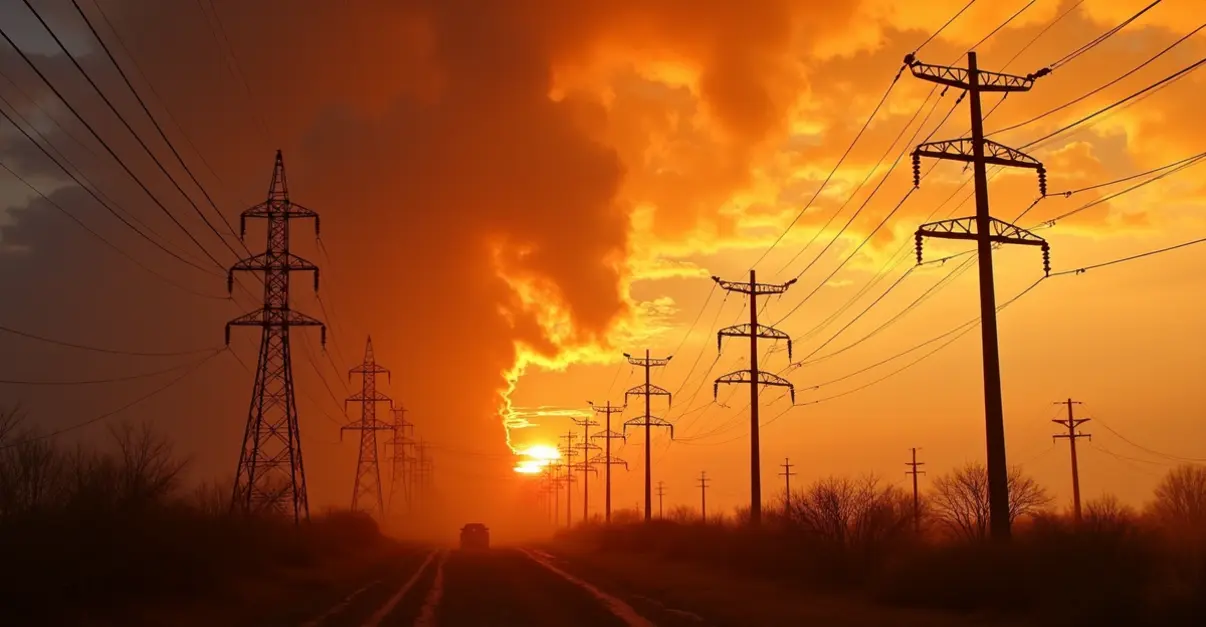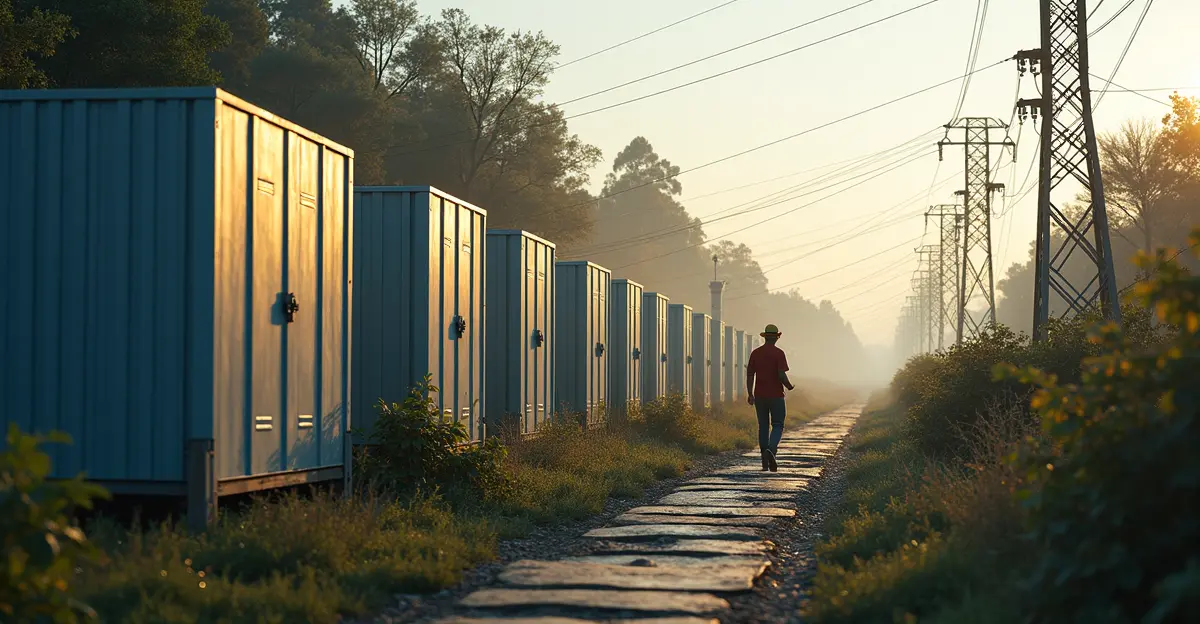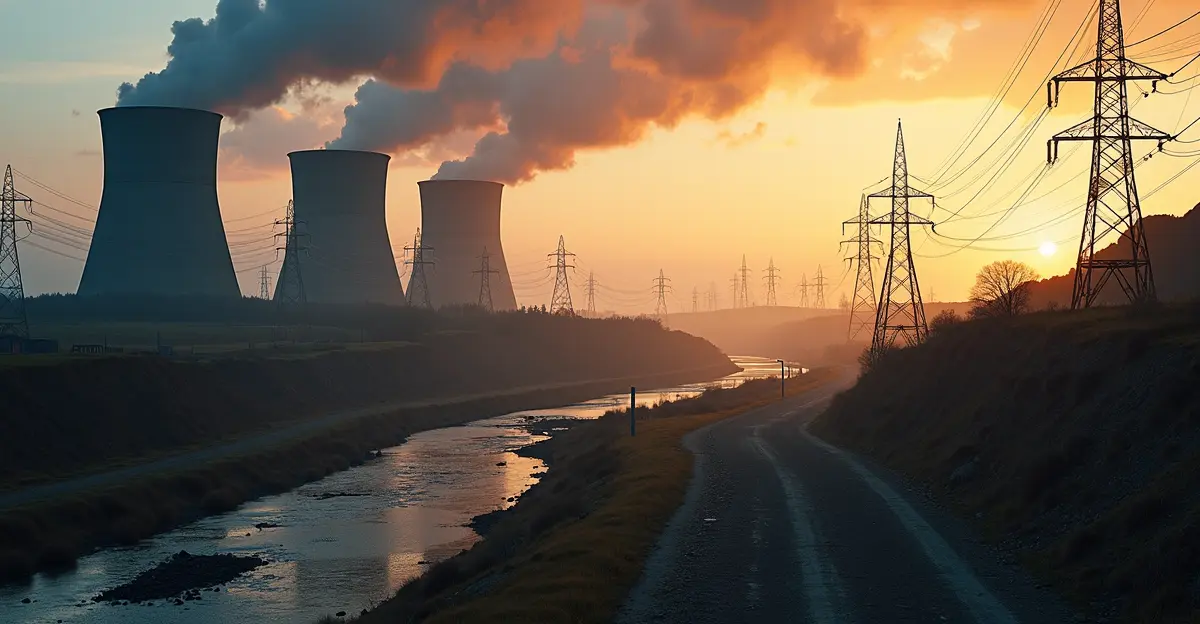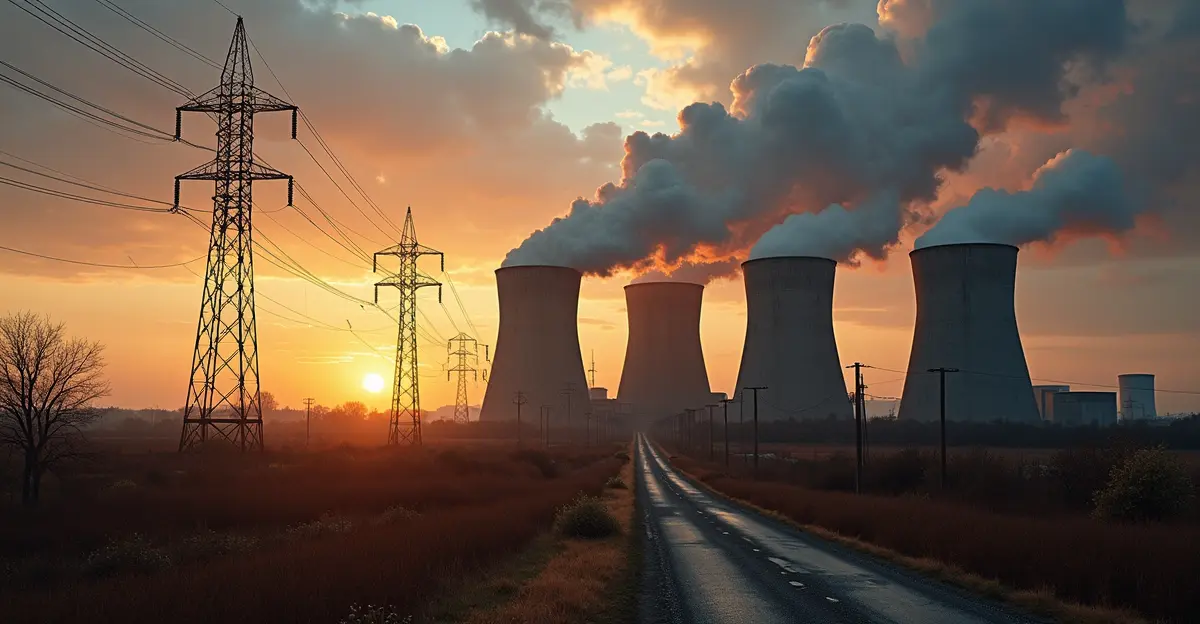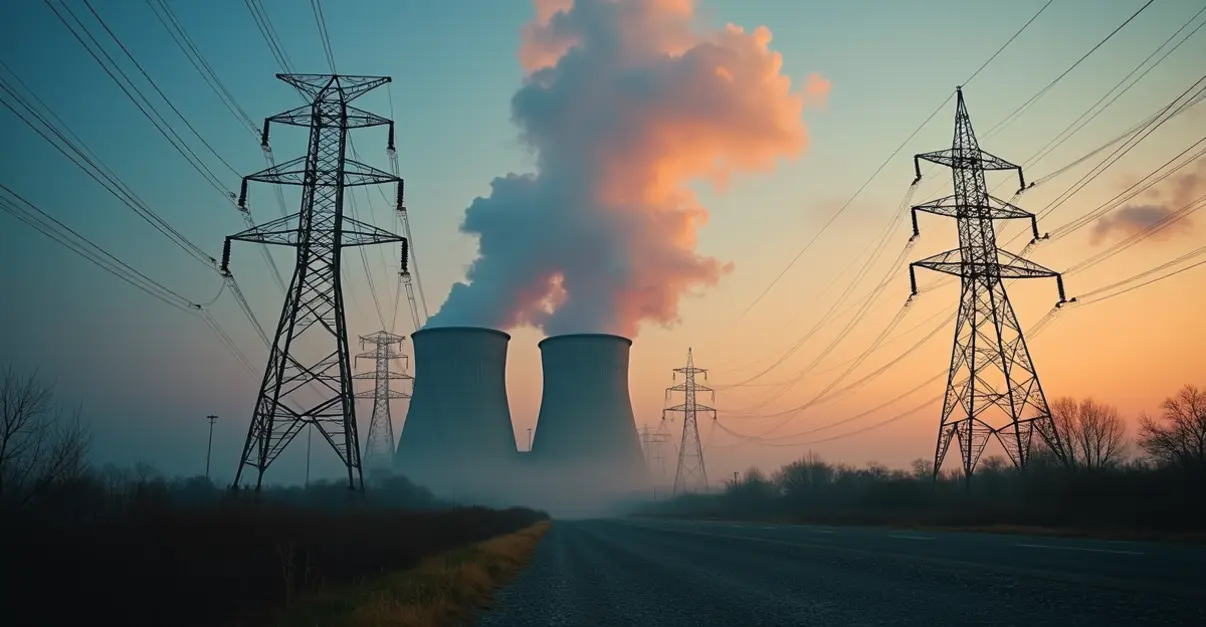Energy grids face unprecedented strain from surging demand and generation shortfalls, forcing rolling blackouts. The crisis exposes infrastructure vulnerabilities as AI data centers, EVs, and extreme weather overwhelm systems. Emergency measures are in place but long-term solutions are urgently needed.
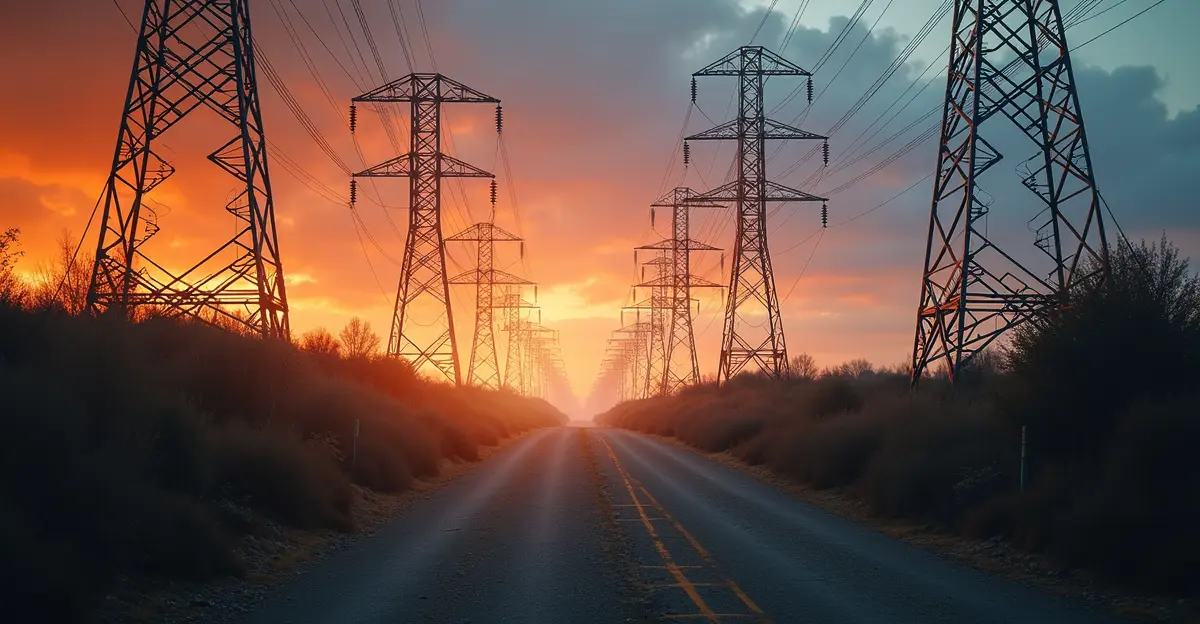
Power Grid Under Unprecedented Strain
Energy grids across multiple regions are facing their most severe stress test in decades as surging electricity demand collides with generation shortfalls, forcing utility operators to implement rolling blackouts to prevent total system collapse. The crisis has exposed fundamental vulnerabilities in modern power infrastructure and raised urgent questions about energy security in an increasingly electrified world.
Demand Spikes Overwhelm Generation Capacity
According to recent assessments from PJM Interconnection, America's largest grid operator serving 65 million people across 13 states, available generation capacity is dangerously close to falling short of required reserves for the first time in the organization's history. 'We're seeing demand growth that's outpacing our ability to build new generation,' said a senior grid analyst who requested anonymity. 'The combination of electric vehicle adoption, AI data centers, and industrial reshoring is creating unprecedented pressure on our systems.'
The situation mirrors global challenges, with recent reports highlighting how countries like Spain have experienced similar grid failures when renewable energy sources couldn't meet demand during extreme weather events. The fundamental issue lies in the retirement of reliable fossil fuel plants without adequate replacement by dispatchable power sources.
Emergency Measures Activated
Utility companies have been forced to implement emergency protocols including demand-response programs, voltage reductions, and controlled rolling blackouts. These measures, while disruptive, are designed to prevent cascading failures that could leave millions without power for extended periods.
'We're in uncharted territory here,' explained Dr. Sarah Johnson, an energy policy expert at Stanford University. 'The grid was designed for a different era of electricity consumption. Today's digital economy demands 24/7 reliability that our current infrastructure struggles to provide, especially during extreme weather events.'
The Department of Energy has warned that without maintaining existing reliable power plants, the grid cannot meet AI growth requirements while maintaining reliability and affordable energy costs. Their analysis suggests blackouts could increase 100-fold nationwide if current trends continue.
Regional Impacts and Response
Eastern states including Maryland, Pennsylvania, and Virginia are particularly vulnerable according to grid assessments. These regions face the dual challenge of high population density and significant industrial activity, creating concentrated demand centers that strain local transmission infrastructure.
Utility operators are implementing a multi-pronged response strategy including accelerated interconnection processes for new generation projects, enhanced grid monitoring using artificial intelligence, and public appeals for voluntary conservation during peak hours. 'Every megawatt we can save through conservation helps prevent more widespread outages,' noted a spokesperson for a major utility company.
The crisis has also highlighted the importance of backup power solutions and grid modernization. Many businesses and households are investing in battery storage systems, generators, and solar power to maintain operations during outages.
Long-term Solutions Needed
Energy experts agree that temporary measures alone won't solve the underlying structural issues. 'We need a comprehensive approach that includes maintaining existing reliable generation while accelerating the deployment of new technologies,' said Dr. Johnson. 'This means investing in grid-scale battery storage, modernizing transmission infrastructure, and ensuring we have adequate dispatchable power to complement intermittent renewables.'
The current crisis serves as a stark reminder that energy security requires careful planning and investment. As one industry insider put it, 'The lights going out isn't just an inconvenience—it's a threat to public safety, economic stability, and national security.' With climate change expected to bring more extreme weather and electricity demand continuing to grow, the pressure on power grids will only intensify in the coming years.

 Nederlands
Nederlands
 English
English
 Deutsch
Deutsch
 Français
Français
 Español
Español
 Português
Português




